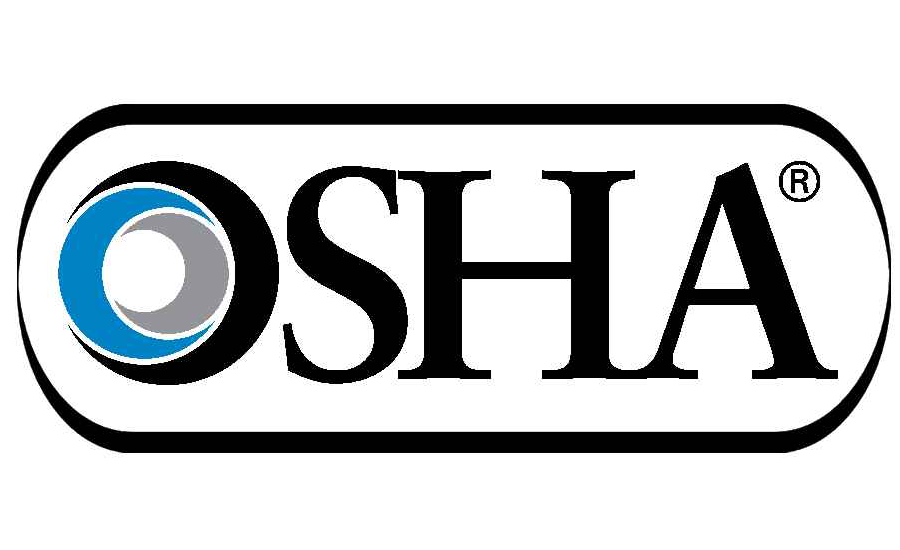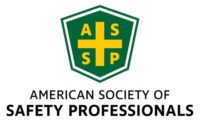When OSHA celebrates an anniversary, it does it up big. The federal agency otherwise known as the U.S. Department of Labor's Occupational Safety and Health Administration plans to commemorate its 50th anniversary this year with a yearlong celebration of past achievements, current events and future initiatives.
OSHA's range
The Williams-Steiger Occupational Safety and Health Act signed into law by President Richard M. Nixon on December 29, 1970 – that measure that created OSHA – gave the federal government the authority to set and enforce safety and health standards for most of the country's workers. The agency's responsibilities include private sector employers and their employees in the 50 states and certain territories and jurisdictions under federal authority, including the District of Columbia, Puerto Rico, the Virgin Islands, American Samoa, Guam, Northern Mariana Islands, Wake Island, Johnston Island, and the Outer Continental Shelf Lands.
The demand for a system of overseeing workplace safety on a federal level had begun more than a century before that signing, when workers in factories that sprang up during and after the Civil War were killed or sickened by hazardous materials and dangerous machines.
| For a fascinating account of the events leading up to the passage of the OSH Act, read The Job Safety Law of 1970: Its Passage Was Perilous, by Judson MacLaury. |
Some states, urged on by social reformers and the budding labor movement, passed their own factory safety and health laws and hired inspectors to enforce them.
Workplace disasters helped shape public opinion
High profile tragedies like the 1907 mine disaster in Monongah, West Virginia that killed 362 coal miners, and the 1911 Triangle Shirtwaist Factory Fire in New York City that claimed the lives of 146 garment workers, helped turn public opinion toward the need for government intervention in hazardous workplaces.
In 1913, Congress created the Department of Labor. Under newly appointed Secretary of Labor, William B. Wilson, the Bureau of Labor Statistics (formerly the U.S. Bureau of Labor) started compiling regular accident statistics in the iron and steel industry and gradually included other industries.
Frances Perkins, appointed Secretary of Labor by Franklin D. Roosevelt in 1933, brought with her considerable experience working in occupational safety and health in the State of New York. Perkins created a Bureau of Labor Standards in 1934 to promote safety and health for the entire work force. The Bureau helped State governments improve their administration of job safety and health laws and raise the level of their protective legislation.
Fast forward to 1970, when Nixon signed the OSH Act in a ceremony at the Labor Department in the presence of labor leaders, business representatives and members of Congress. Although the action ended “on a note of harmony and bipartisanship” – according to MacLaury – it came after a bitter, three-year-long legislative struggle.
U.S. Secretary of Labor Eugene Scalia describes the OSH Act as "a cornerstone of worker protection in our country.” Following its enactment, workplace fatalities decreased by approximately 65 percent.
Among the agency’s accomplishments:
- the adoption of the first national health standard
- the affirmation of the imminent danger provisions and whistleblower protection laws
- the creation of training institutes and education grants
Incidentally, OSHA’s European counterpart, the European Agency for Safety and Health at Work (EU-OSHA), celebrated its 25th anniversary ln 2019.
You can keep abreast of OSHA’s latest news and information by subscribing to the agency’s bi-monthly QuickTakes newsletter.








